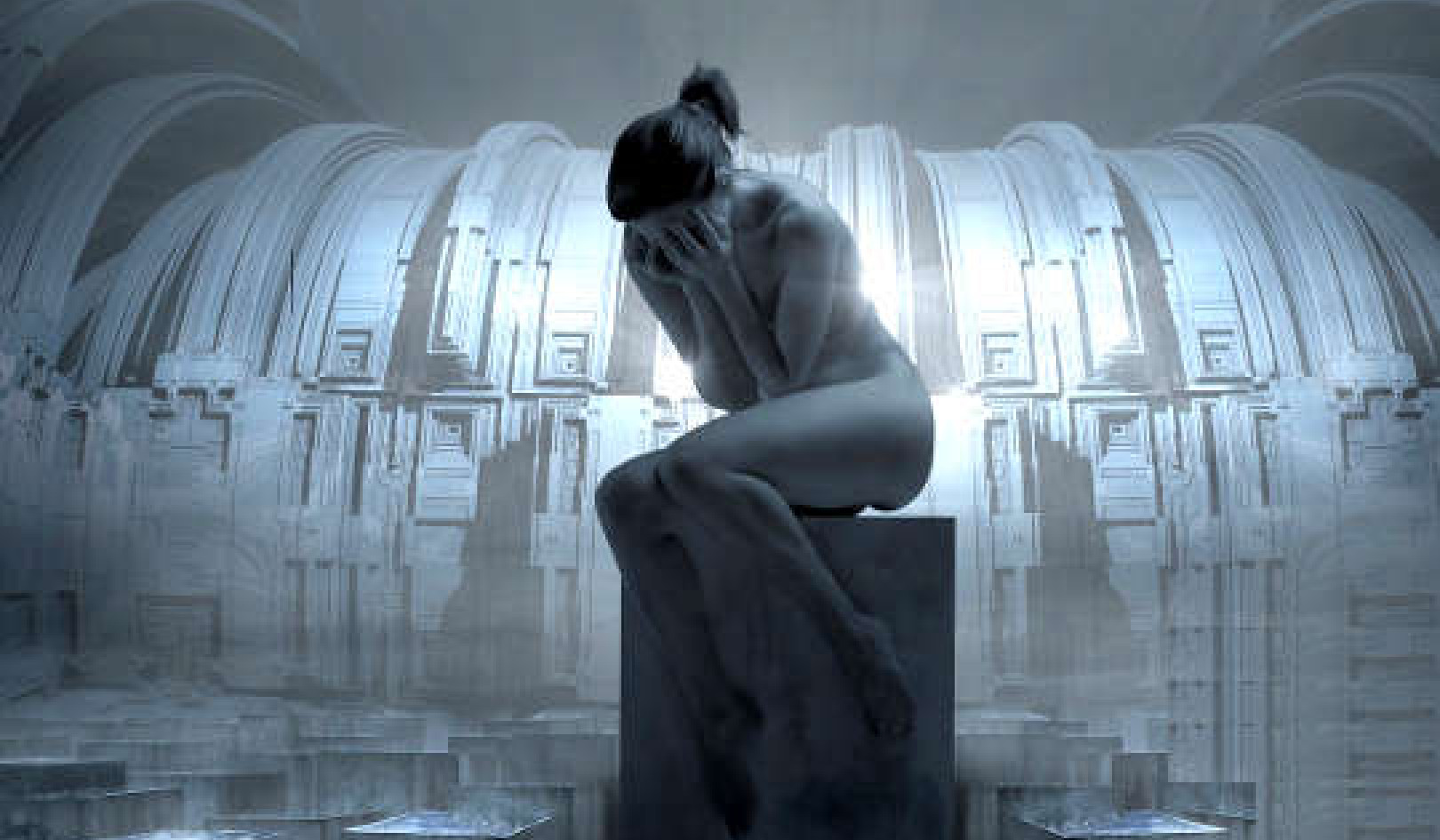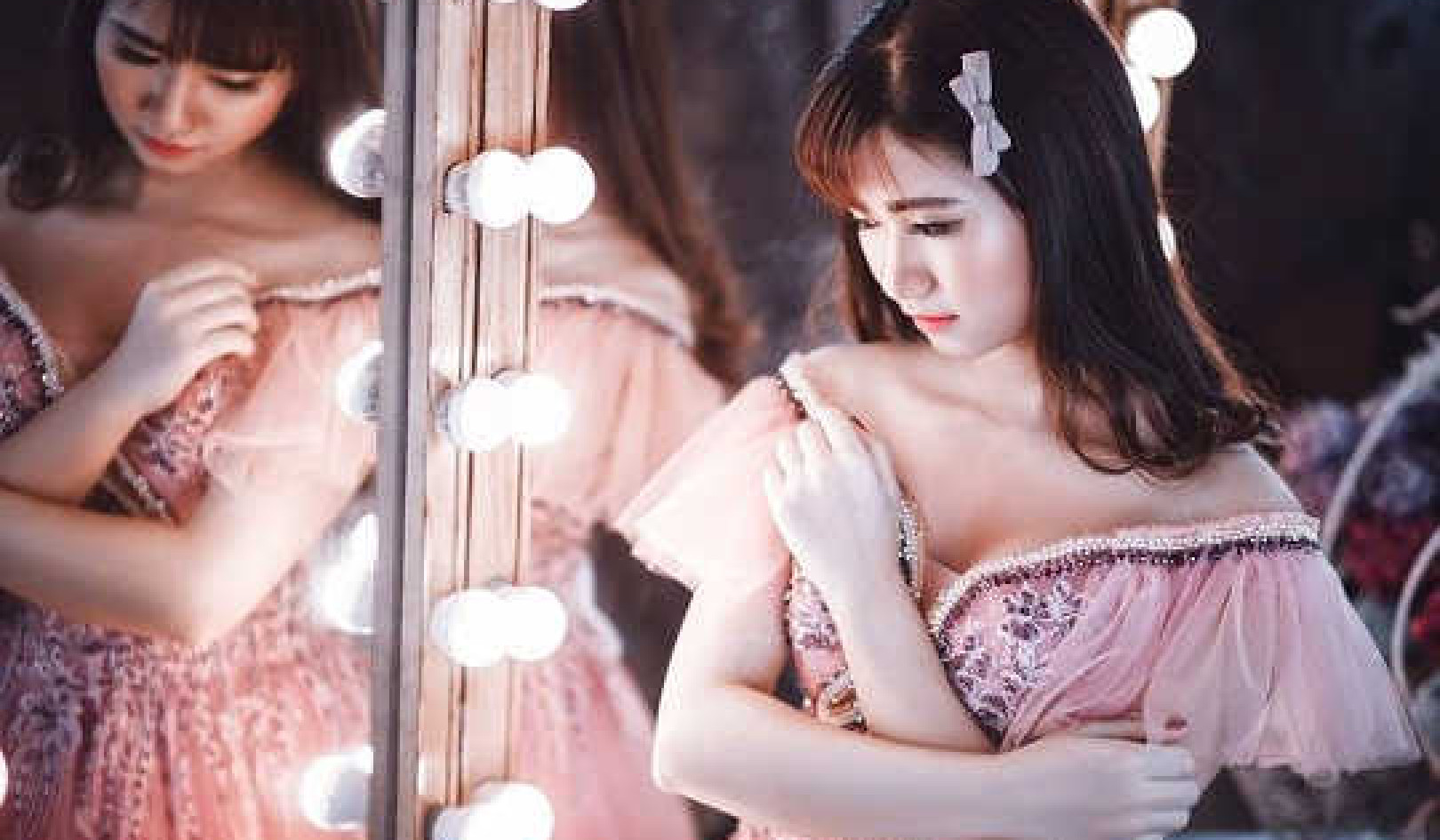
Engaging young people is a challenge for museums. Pixel-Shot/Shutterstock
For many lovers of classic literature, opportunities to devour the works of undiscovered authors can be enough to make people’s eyes light up. For those who aren’t as keen on the genre, the appeal of these titles is a little less obvious. In fact, it’s one of the reasons museum professionals are running into issues when it comes to inspiring new generations to read such works.
Engaging young people is a challenge for museums and the traditional approaches that literary heritage museums take when dealing with classic authors is becoming a problem. This is because literary heritage museums usually focus on presenting the biographical story, personal effects or archival collection of an author. Relevant and interesting perhaps to those already familiar with an author’s works, but perhaps less successful at engaging would-be readers. The language of some of these authors can also be a barrier to new readers, as can the difficulty of reading “a classic” – which might be seen as irrelevant or out of touch with the modern world.
As the community, learning and engagement officer at Wirksworth Heritage Centre in Derbyshire, my role is to engage audiences of all ages with the local history of Wirksworth. A key element to Wirksworth’s heritage is its literary connections to writers (including George Eliot, DH Lawrence and Daniel Defoe) and the inspiration they took from the people and the landscape of Wirksworth. My PhD research considers how literary heritage is presented in museums throughout the country. I have a particular interest in Nottingham, which was awarded the Unesco City of Literature bid in 2015 due to its rich literary heritage, but also has some of the lowest literacy levels in the country.
Since COVID-19, finding new ways to share our literary heritage both inside and outside of museum walls has become incredibly important. So how should museums show that these authors remain relevant in the 21st century? Literary heritage museums are doing this in a whole host of ways, but here are the three examples of approaches I believe are particularly successful.
1. Retelling stories
From the Austen Project to the many graphic novel retellings and classic novels reimagined as text messages, retelling stories with a contemporary twist is a well-trodden (if not always well-reviewed) path. It’s also a method of interpretation that literary heritage museums are beginning to embrace.
Using new and creative formats can remove some of the barriers to young people wanting to experience these stories and can inspire them to try the “real thing”. As part of my own curatorial work with Dorking Museum, I wrote a book entitled Forster in 50 which accompanies the exhibition Forster at 50. The book provides visitors with an overview of five of Forster’s novels in only 50 words with illustrations, providing more of an accessible introduction to EM Forster’s work.
2. Using technology to draw audiences in
Technology and literature may have seemed like a mismatch once upon a time, but more and more museums are using different technologies to engage audiences with their collections. Before its closure in 2016, the DH Lawrence Heritage Centre presented the 1915 censorship trial of Lawrence’s The Rainbow through a series of Twitter posts in their exhibition No Right to Exist: The Rainbow and Other Books Which Shocked. This condensed the complexities of the trial into a series of 140 character posts, allowing younger audiences to explore the debate in a familiar format and go on to consider what we consider scandalous in literature today.
My own work has included the co-production of Walking with Lawrence, a digital walking tour written from Lawrence’s perspective which allows the listener to connect the author with the city they see today. The use of a creative narrative which is listened to rather than read provides a format that’s easier to understand, removing some of the barriers created by large amounts of text.
3. Collaborating with creative partners
Working with creative partners such as artists and writers can help museums to reach new audiences, providing more approachable information for younger generations in particular. Graphic novels and comic books are incredibly helpful in this respect. I’m working with Wirksworth Heritage Centre’s writer in residence Helen Greetham, who’s currently producing a graphic novel about the literary heritage of George Eliot in Wirksworth.
A similar project is underway in Eastwood, Nottinghamshire, working with young people to produce their own Lawrence-inspired graphic stories. The Eastwood Comics project aims to engage “700 further young people (who) will learn about the author and his birthplace by taking part in activities inspired by the young writers’ research”. Here, participation in creative projects and reading new stories help new generations to connect with Lawrence’s heritage in more meaningful ways than regurgitating information about the author.
The pandemic has provided an unprecedented challenge to the heritage sector, but the closure of our sites doesn’t mean we can’t continue to connect people to our history. These new and innovative ways that museums have engaged and inspired younger generations can continue regardless of whether physical buildings are open. In the months ahead, I hope more buildings take similar approaches.![]()
About the Author
Heather Green, PhD Candidate, Literary Heritage, Nottingham Trent University
This article is republished from The Conversation under a Creative Commons license. Read the original article.
;

























